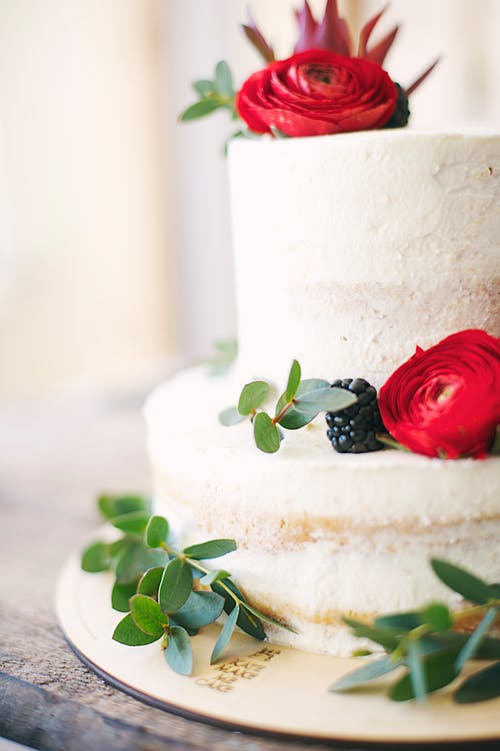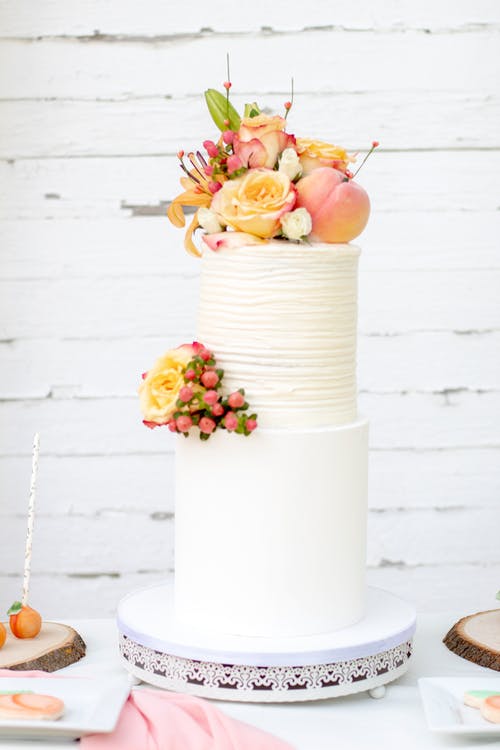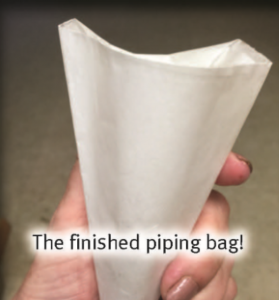Tips on Using Edible Flowers on Cakes
 One great way of finishing off your cake is by using edible flowers and it is an exciting and uncomplicated way of making any food mouth-watering.
One great way of finishing off your cake is by using edible flowers and it is an exciting and uncomplicated way of making any food mouth-watering.
Don’t go adding just any flower you come across onto your dishes, and on that note, these tips will come in handy:
Remember that some flowers shouldn’t be eaten. As a matter of fact, some flowers are poisonous. In some cases, commercially-grown flowers are full of fertilizers and pesticides. This is why it is important to ask your regular florist where they get their flowers, and the kind of environment they are grown in.
It is a bad idea to pluck some flowers from the roadside. You can never be sure what the local authorities have sprayed on them, not forgetting the revolting fumes from vehicles. Washing flowers before use is non-negotiable.
Here is a list of edible flowers:
- Bean flowers
- Begonia
- Blossom (apricot, apple, plum peach, pear,)
- Borage
- Camellia
- Carnation
- Chive flowers
- Chrysanthemum
- Citrus blossom
- Clover
- Cornflower or bachelor’s button
- Crabapple
- Dahlia
- Dandelion
- Fuchsia
- Geranium
- Gladiolas
- Hibiscus
- Honeysuckle
- Hyacinth
- Lavender
- Lilac
- Marigold
- Nasturtium
- Pansy
- Peony
- Primrose
- Snapdragon
- Snow pea flowers (not sweet peas)
- Strawberry flowers
- Thyme
- Tulip
- Viola
- Violet
What to Note about the Taste of Edible Flowers
Despite some flowers being edible, it doesn’t imply that their taste is likeable. As a general rule, some of the flowers with the most delicious flavors are from violets, roses, herbs, and nasturtiums.
With regard to the quantity and size of the flower to be used, there is one preferred method for washing them.
If the flowers are tiny and fragile, they are washed in a bowl of water and then left to dry on paper towels (Kitchen papers). As for large flowers, a shower is the best method. Holding them by the stem, put them under a light spray of water, then give them a gentle shake and then leave them to dry on paper towels or a cooling rack.
How to Make Edible Flowers Safe
It is advisable to detach the stamen and the pistil from the flowers prior to serving. The reason for this is some people have an allergic reaction to pollen.
The next critical issue is regarding the flower’s stem. A common technique is to wrap the stems with floral tape in case the sap is poisonous or causes irritation. But this is dependent on the flower. When the stem is cut and it emits sap (especially milky sap), the best advice is to wrap it.
 Ways of placing the Flowers on the Cake
Ways of placing the Flowers on the Cake
It may come to your attention that some types of flowers are extremely small. These include pansies, borage, and violets. These can be termed as edible flowers of the pop-in-the-mouth variety. You can never go wrong with popping these sumptuous delicacies directly on your food, as long as you have washed them well.
There are large flowers that can pose a challenge when eating, unless you are eating a Stef or a goat. But all the same, they can be fantastic decorations to put on your plate’s side as you devour your last piece of delicious cake.
What are the various ways that you can use large fresh flowers to decorate your cake?
One perfect technique is inserting the stem of the flower into a lollypop stick and sticking the stick on the cake. This will make sure that there is no contact between the stem and cake.
Besides, you can utilize a floral tape and florist wire. After cutting the stem to approximately half an inch, insert a 4-inch florist wire into the stem until it comes into contact with the place where the flower is attached to the stem. Then, fold the wire into two and wrap it with the floral tape. Your flower is now ready for use. It is vital to keep in mind that poking the florist wire right inside the cake will lead to rusting, especially if left for a long period.
If you intend to use a beautiful sizeable bunch of flowers on the cake, it is important to first put a piece of parchment where you will place the flowers.
When it comes to introducing flowers to your dish, it is recommended that you pop them on a moment before serving to prevent them from wilting.


